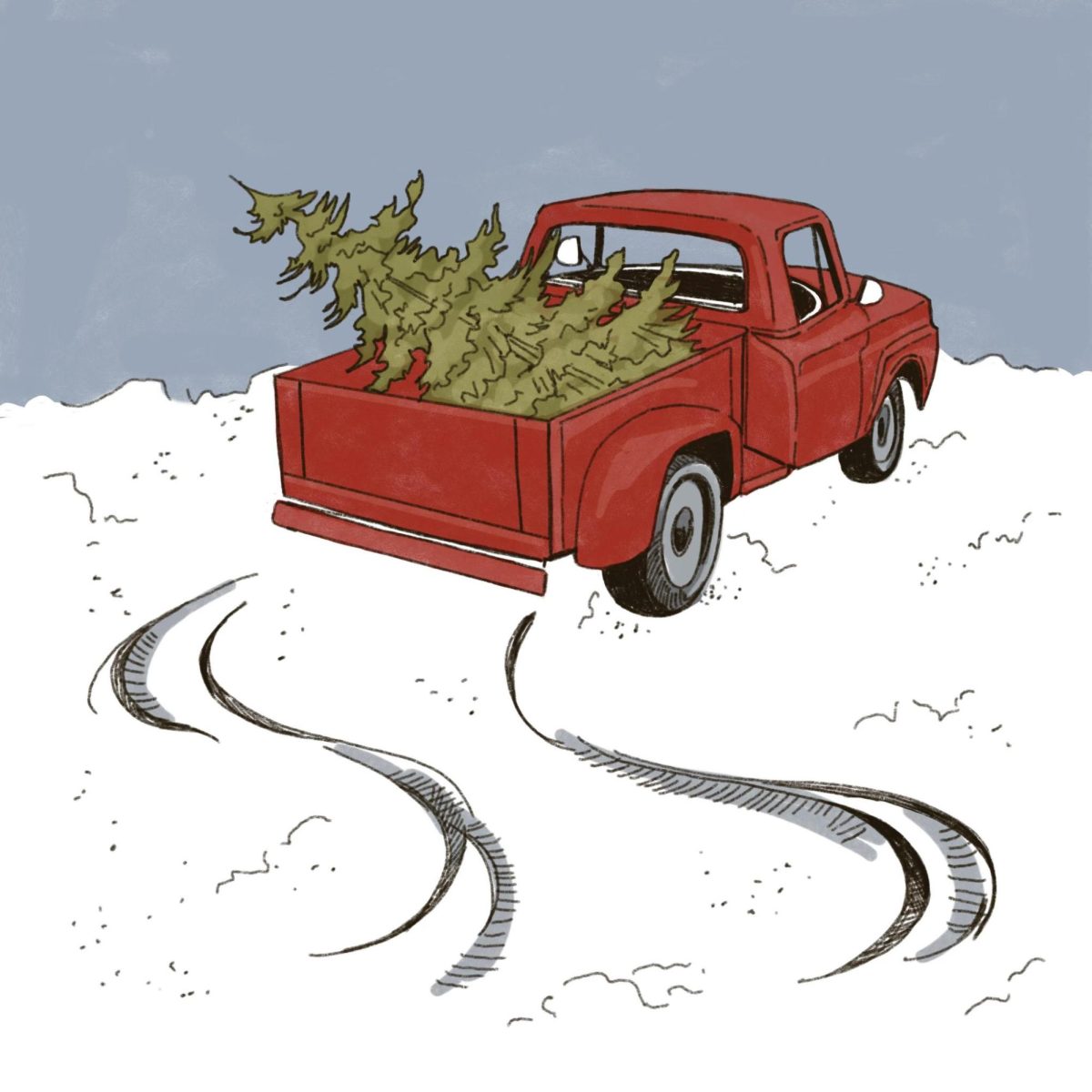As the weather changes and colder temperatures emerge, drivers experience increased risk. The importance of safe driving becomes eminent, especially given the hazardous conditions that often accompany the colder months. Snow, ice, and reduced visibility can turn a routine drive into a dangerous journey. Emphasizing the crucial aspects of safe driving during winter and practical advice can help avoid accidents.
Winter driving conditions can be treacherous, with snow and ice significantly reducing tire traction and increasing the risk of skidding. One of the most fundamental tips for safe winter driving is to ensure your vehicle is properly prepared. This includes checking tire tread and pressure and switching to winter tires since we live in an area prone to heavy snowfall. Winter tires are designed to provide better grip in snowy and icy conditions, which can be a lifesaver when the roads are slick. It’s also important to research before purchasing car equipment and being educated on what to buy. Knowing more information can ensure you’re not getting ripped off or putting unnecessary add-ons on your car. Tire maintenance is essential to keep your vehicle updated. Antifreeze and oil should all be checked regularly. Windshield wipers should be in good condition to ensure clear visibility, as snow and ice can quickly obscure your view. It’s also wise to keep an emergency kit in your car, including items like a blanket, flashlight, first aid kit, and charger. These can all be crucial if you become stranded in severe weather.
Driving techniques must also be adjusted to suit winter conditions. Slowing down is perhaps the most important piece of advice. Speed limits are set for optimal driving conditions, not for roads covered in ice and snow. Reducing speed gives you more time to react to unexpected situations and helps prevent skidding. A lot of the time you might need to go below the speed limit to be safe. Increasing the distance between your car and the vehicle in front of you is also important. It takes much longer to stop on icy roads, so giving yourself extra space can prevent collisions. Another key aspect of safe winter driving is understanding how to handle skids. If your car begins to skid, it’s crucial to remain calm and avoid slamming on the brakes. Instead, gently steer in the direction you want the front of the car to go.
Visibility is often reduced in winter due to snowstorms and shorter daylight hours. Ensuring that your headlights and taillights are clean and functioning properly is essential. Using your headlights during the day can also improve visibility and help other drivers see you. When driving in heavy snow or fog, it’s best to use low beams, as high beams can reflect off the snowflakes or fog and further reduce visibility.
Planning your trips carefully can also contribute to safer winter driving. Check the weather forecast before heading out and try to avoid driving during severe weather conditions. If you do travel, inform someone of your route and estimated arrival time. This way, if something goes wrong, someone will know where to look for you. It’s important to recognize the limits of your driving skills and your vehicle’s capabilities. Even with the best preparation and techniques, some conditions are simply too dangerous for driving. It’s better to be safe and to delay your trip or find alternative transportation.
Safe winter driving requires a combination of vehicle preparation, adjusted driving techniques, and enhanced awareness. By taking these precautions, you can significantly reduce the risks associated with winter driving and ensure that you and your passengers arrive at your destination safely. As the winter season approaches, let’s all commit to being more observant and prepared on the roads, making safety our top priority.







